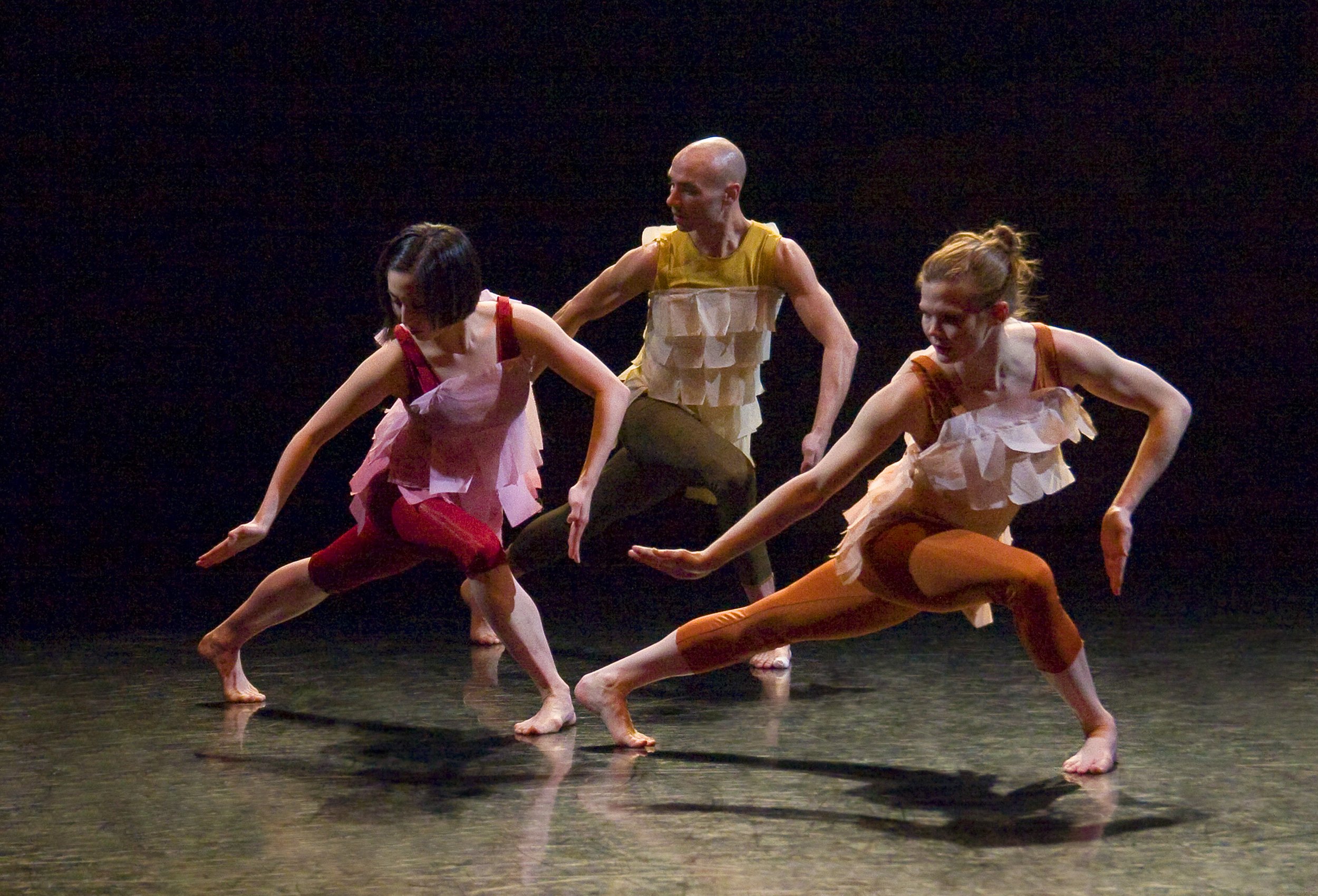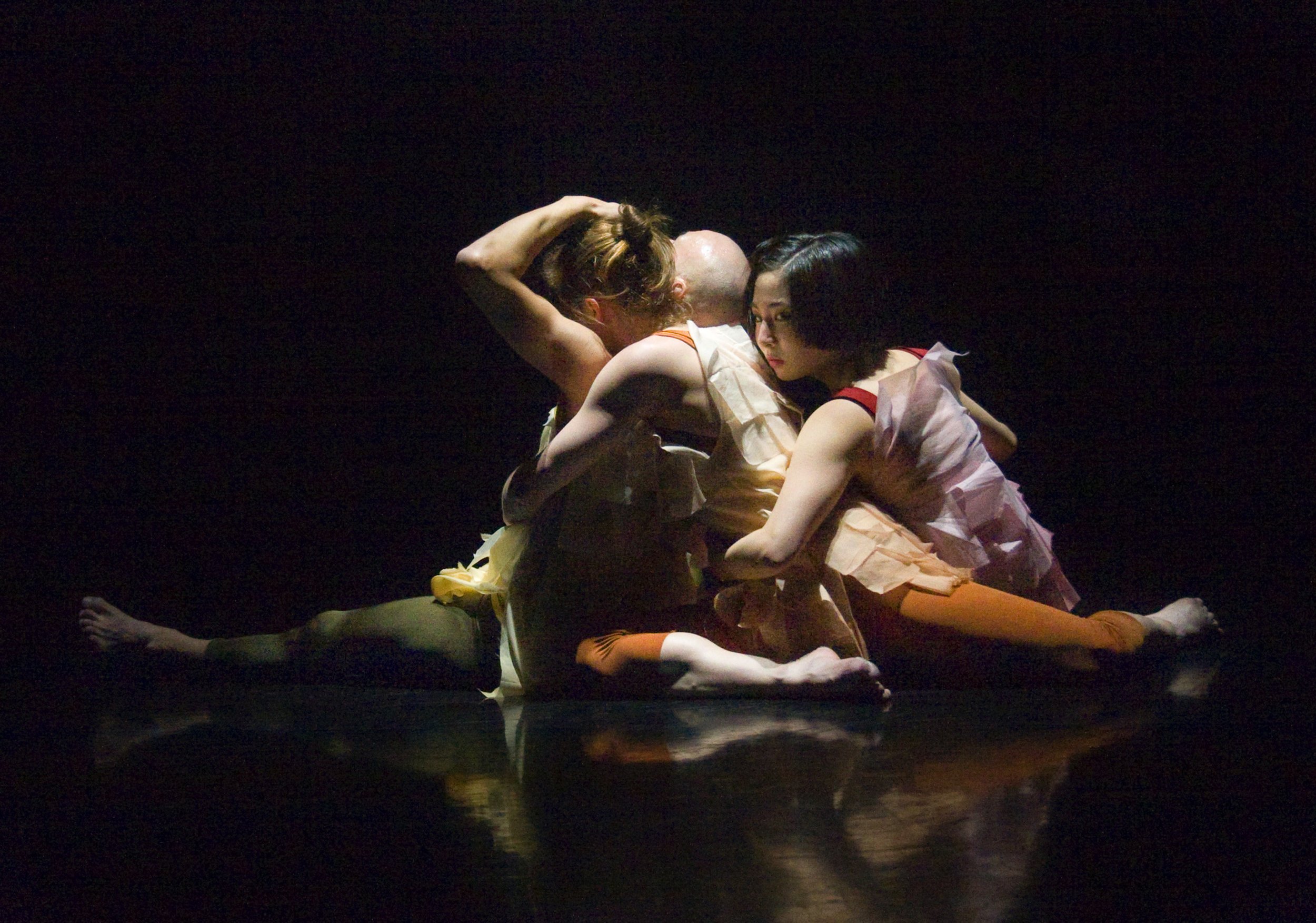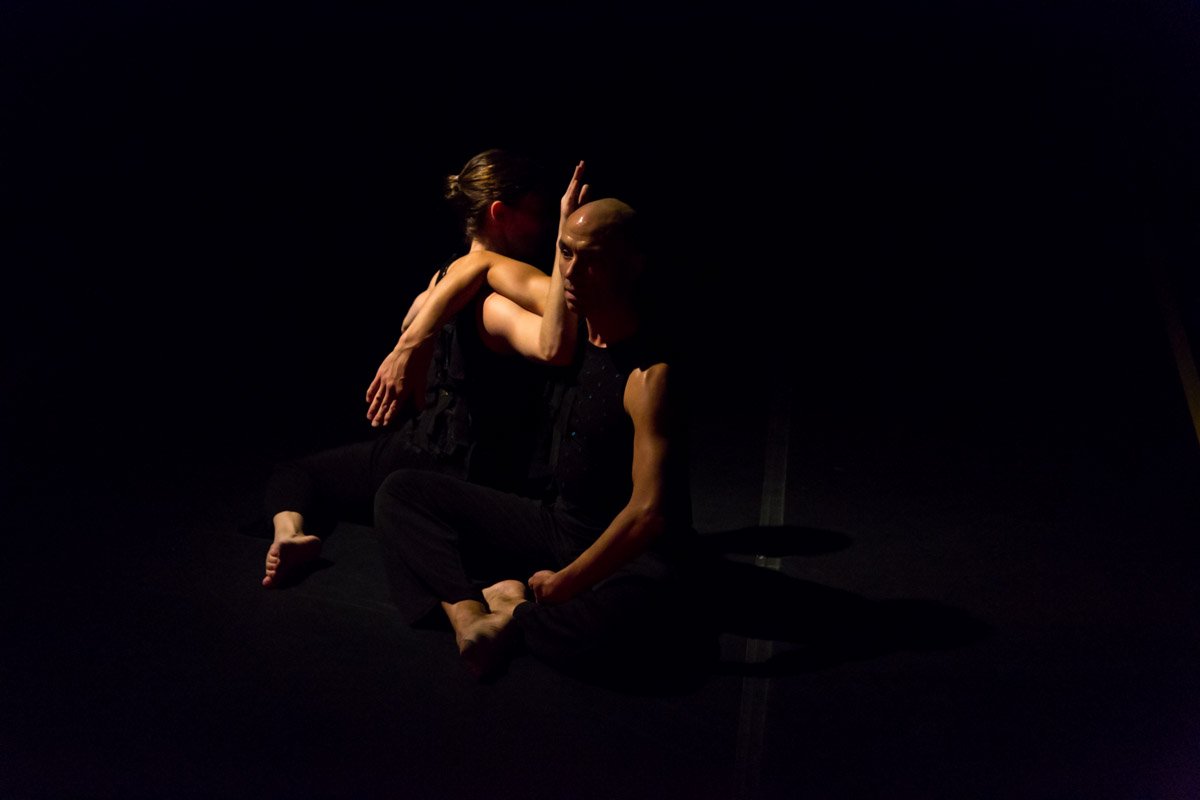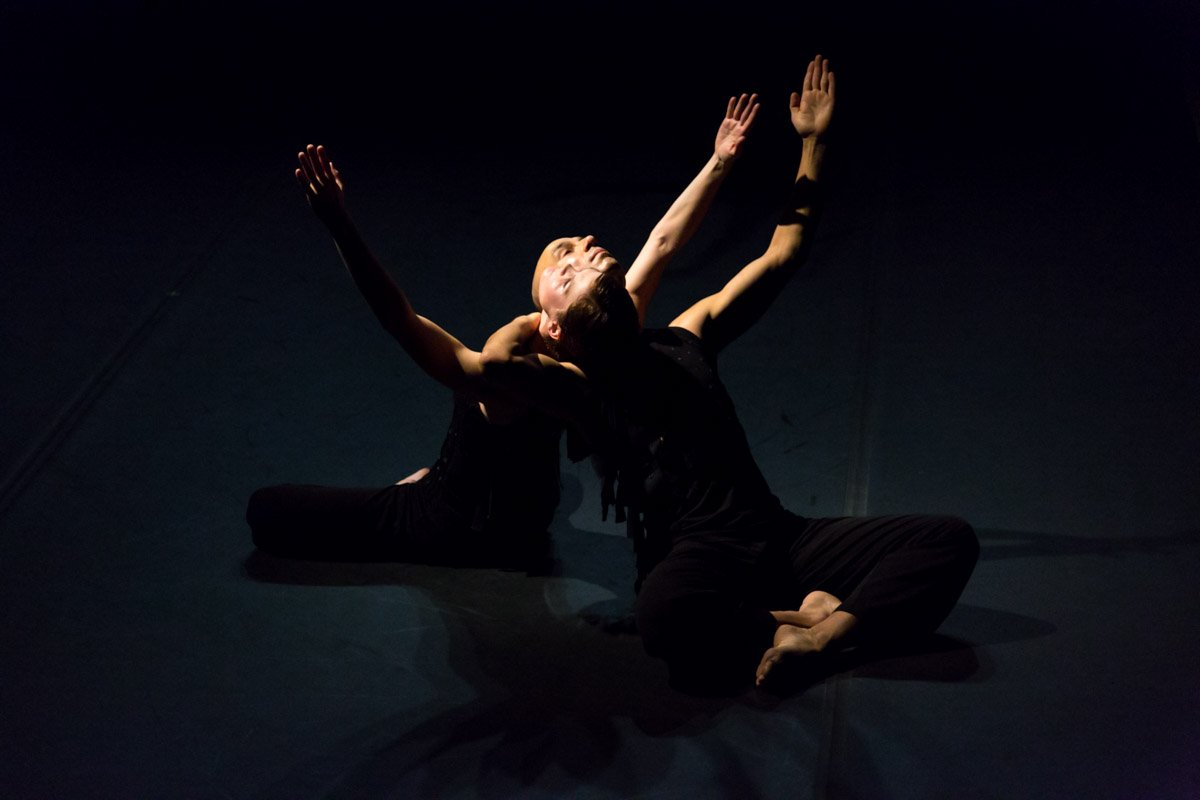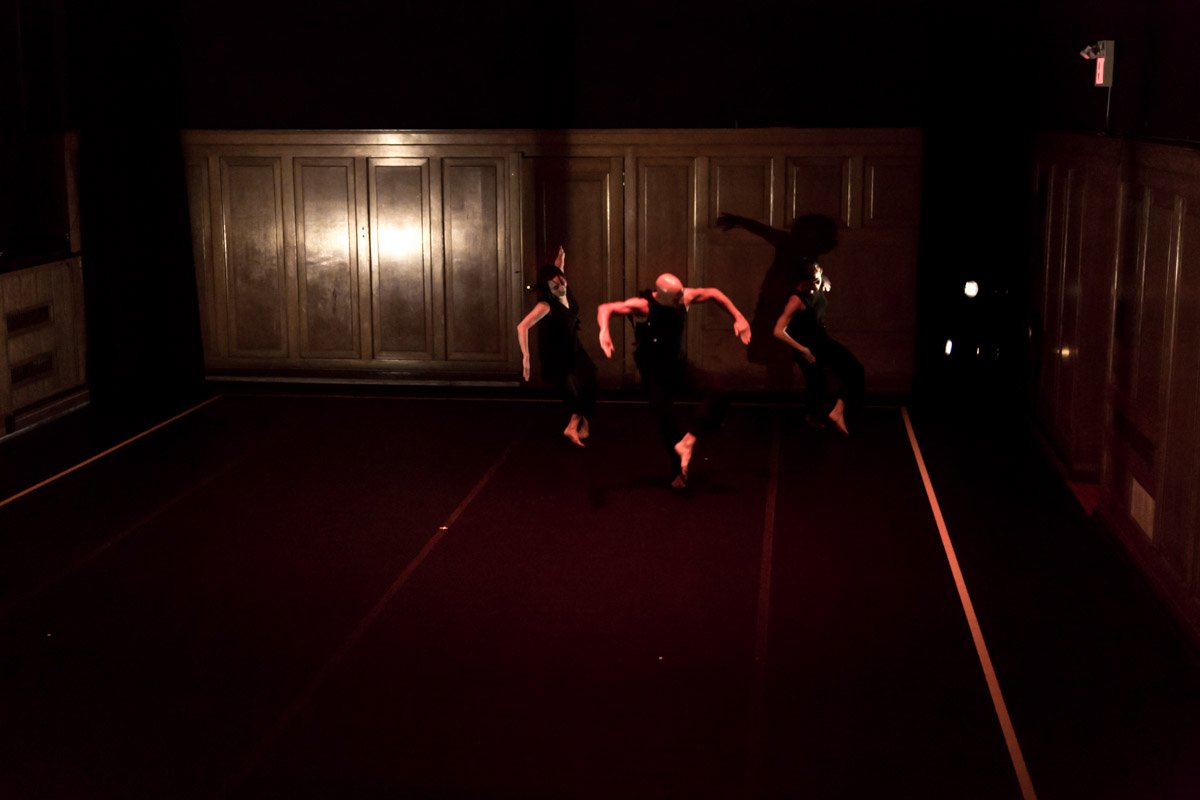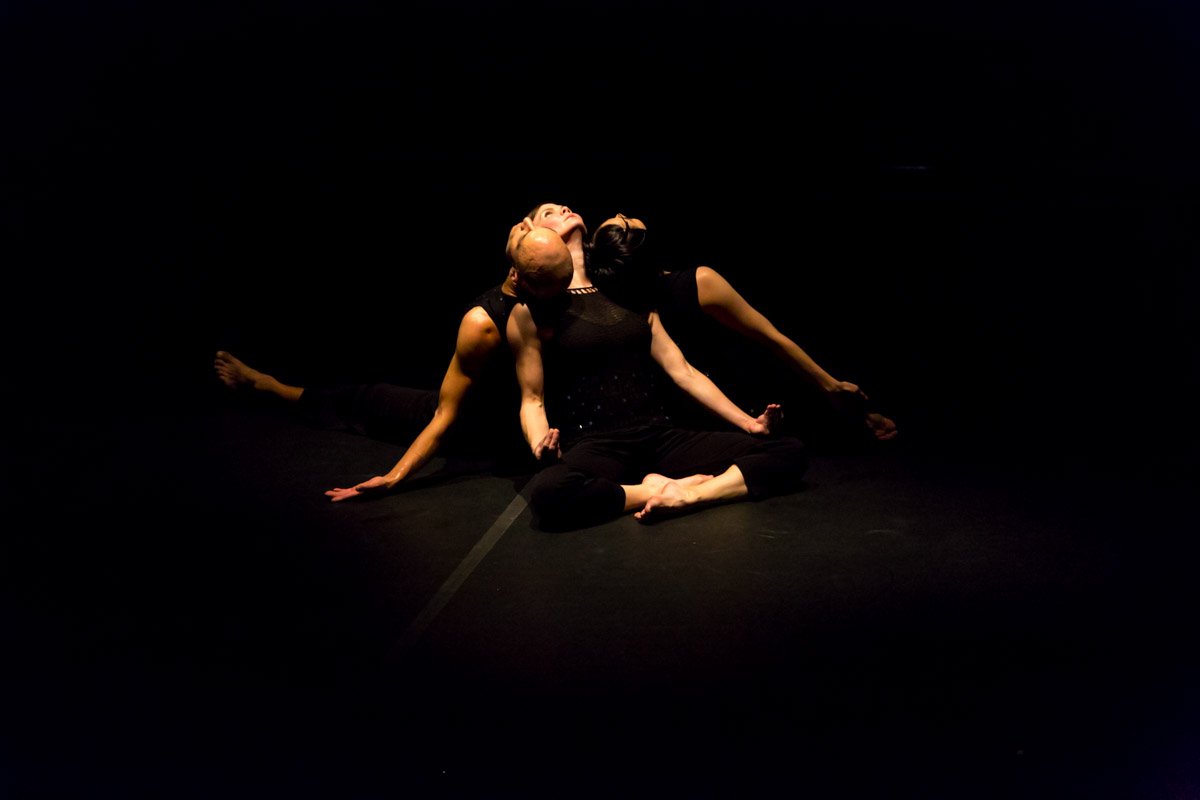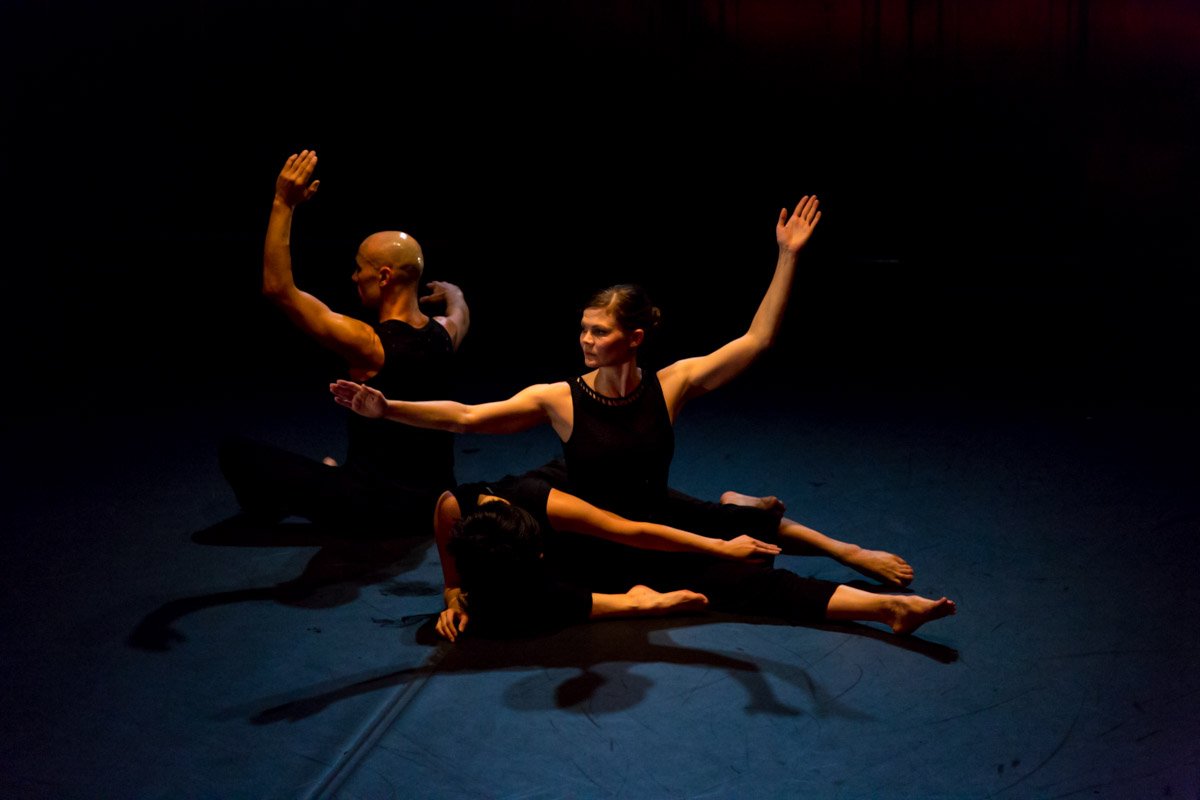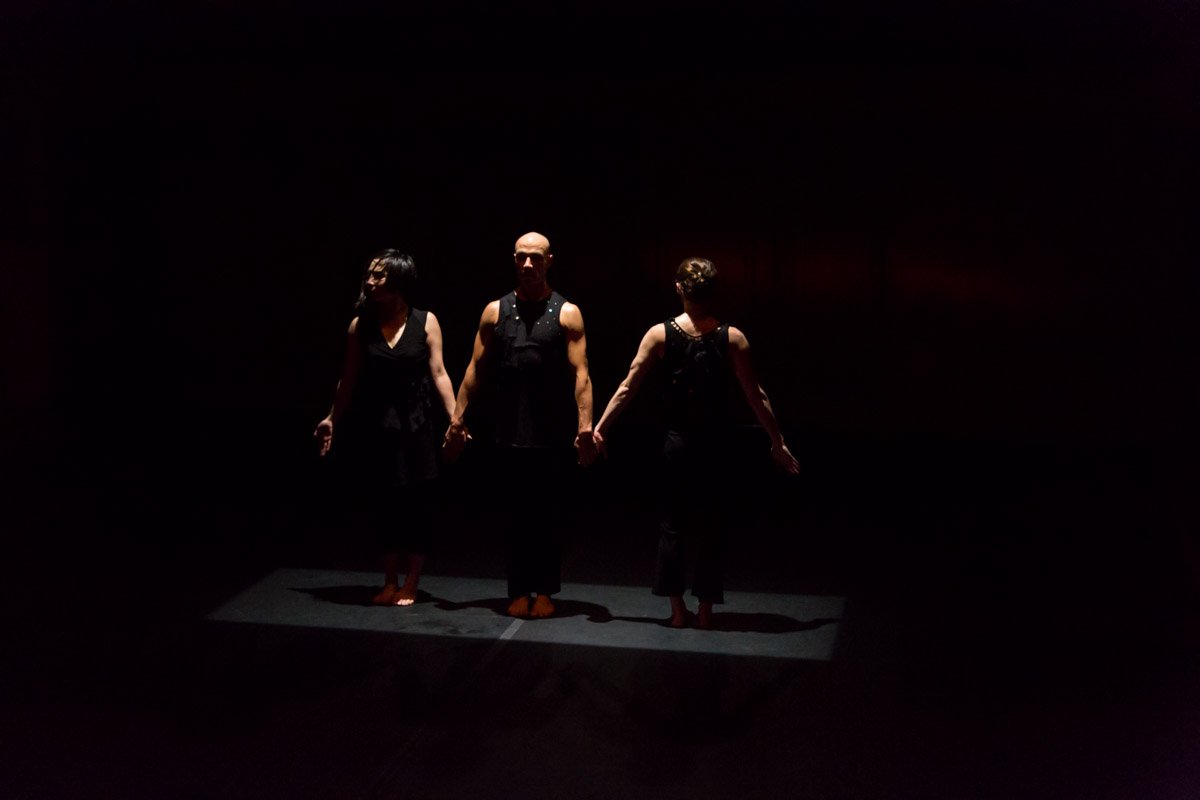armour (2007/2010)
/The final piece in Peggy’s watershed program Confluence at Harbourfront Centre in 2010 was a reworking of a Doug Varone piece, his fourth to be acquired for the company’s repertoire. Peggy writes:
In 2007 I was included in the cast of a full evening work with Doug Varone and Dancers titled Dense Terrain. This was a hugely ambitious project including 12 performers, projections, sets, and original music by Nathan Larson. One of the early influences on the work was The Lives of a Cell, a book by Louis Thomas published in 1974, and read by both Doug and I – and so many others of our generation – at the time. Many of the essays in this book focused on social insects, and a fascinating duet in Dense Terrain for Natalie Desch and Daniel Charon held a strong imprint of that source material.
I totally loved that duet! And I no longer remember if I asked Doug if I could learn it, or if he suggested it himself, but certainly it was beautifully aligned with my dances inspired by Sylvia Safdie’s films of insects, and by bringing it together with my solo earthling and the trio coalesce, it created a wonderful program. Taking the duet outside the context of Dense Terrain, Doug allowed me to commission sound design by Debashis Sinha (who had also scored earthling and coalesce) and titled this version of his dance armour.
Deb’s score supported every aspect of the dance, enriching the impact and significance of each action, while Marc Parent’s exquisite lighting required Larry and I to be spatially exacting with every single move.
Visual artist Brian Kelley sketched, and later completed with water colour, a beautiful series of small works capturing this brief and perfect dance.
“It is the being touched that counts, rather than the touching.” Lewis Thomas, The Lives of a Cell
“Baker and Hahn are here more like archetypes, elemental and distilled representations of the human need for connection beyond the stereotypical, emotionally overcharged and romantic dance duets we’re used to seeing. They insinuate themselves into each other’s embrace, isolated yet together, driven by forces more mysterious than they can apprehend.” - Michael Crabb, The Toronto Star
“…as Mr. Sinha’s music slowly built what emerged was an intimate, human portrait. Remaining on the floor the dancers cycled through interlocking embraces. Their bodies fit like an endlessly mutable jigsaw puzzle: a universe of two.” Julia Cervantes, The New York Times





